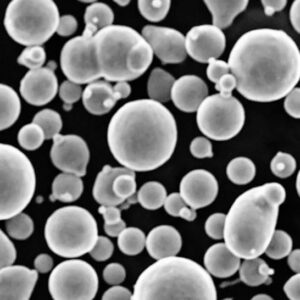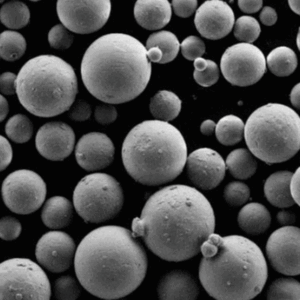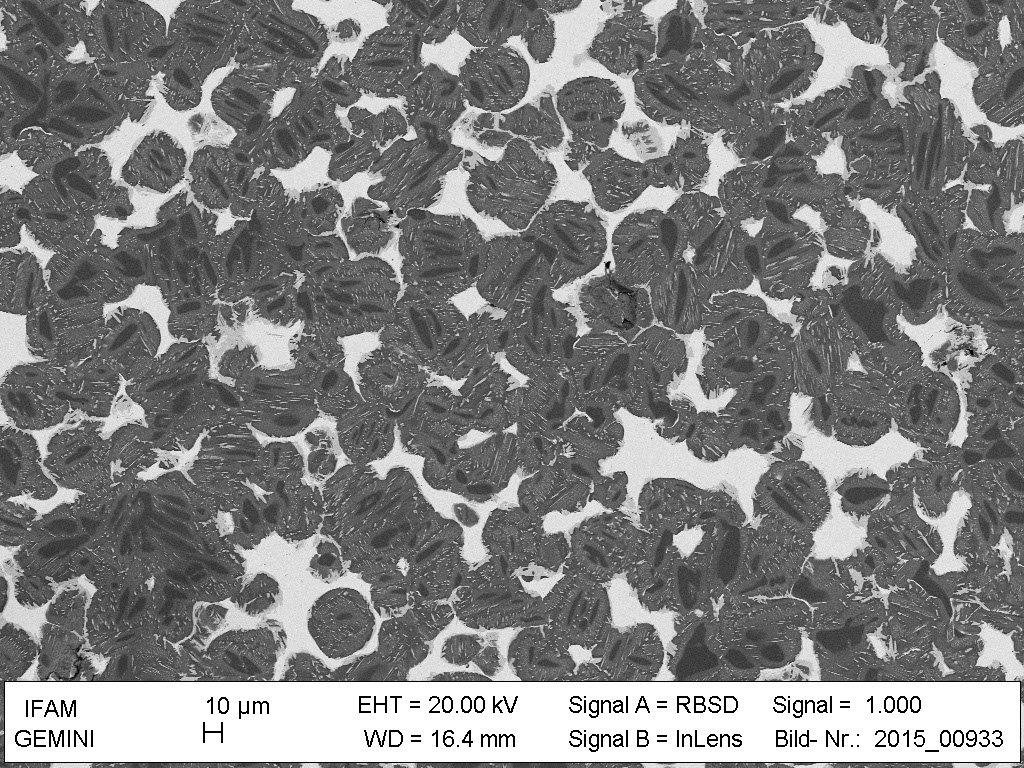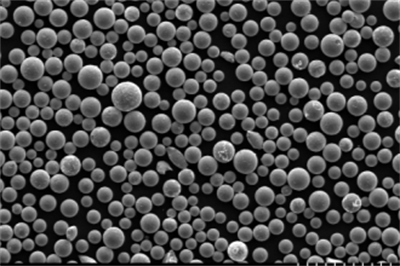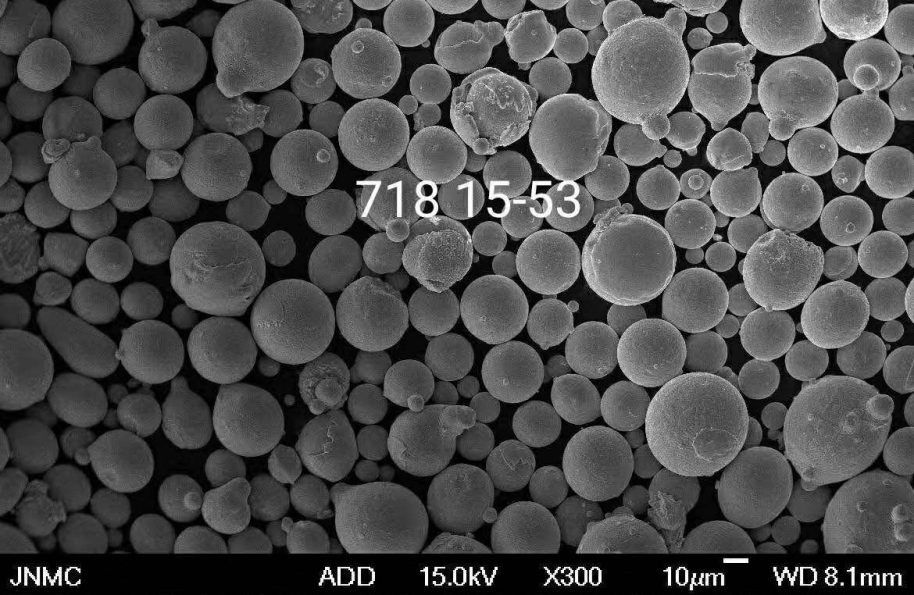Overview
High-strength steel powder is a versatile and essential material in modern manufacturing and engineering. It’s used in a variety of applications due to its exceptional strength, durability, and adaptability. This guide delves into the intricacies of high-strength steel powder, from its composition and characteristics to its applications and suppliers. By the end, you’ll have a thorough understanding of this powerful material and how it can benefit your projects.
Types of High-Strength Steel Powder
High-strength steel powders come in various models, each with unique properties and applications. Here’s a comprehensive list of some of the most commonly used high-strength steel powders:
| Model | Composition | Characteristics |
|---|---|---|
| AISI 4140 | Iron, Chromium, Molybdenum | High tensile strength, excellent wear resistance |
| AISI 4340 | Iron, Nickel, Chromium, Molybdenum | High toughness, good fatigue resistance |
| AISI 8620 | Iron, Nickel, Chromium, Molybdenum | Good hardenability, excellent core strength |
| M300 | Iron, Nickel, Cobalt, Molybdenum, Titanium | Excellent strength at high temperatures, good ductility |
| H13 | Iron, Chromium, Molybdenum, Vanadium | High hot hardness, good toughness |
| D2 | Iron, Chromium, Carbon | High wear resistance, good compressive strength |
| M42 | Iron, Molybdenum, Chromium, Vanadium, Cobalt | Exceptional wear resistance, high hot hardness |
| T15 | Iron, Tungsten, Cobalt, Vanadium | Extremely high wear resistance, excellent toughness |
| M50 | Iron, Chromium, Molybdenum, Vanadium | High fatigue resistance, excellent thermal stability |
| PM30 | Iron, Chromium, Molybdenum, Vanadium, Tungsten | Good wear resistance, high strength at elevated temperatures |
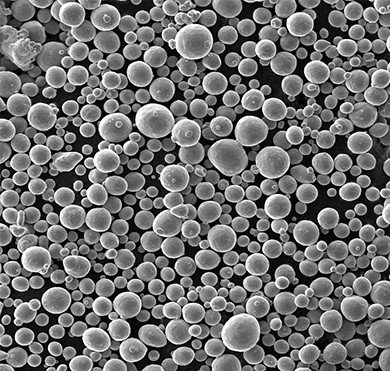
Composition of High-Strength Steel Powder
Understanding the composition of high-strength steel powder is crucial for selecting the right type for your needs. Here’s a breakdown of the common elements found in these powders and their roles:
| Element | Role in Composition |
|---|---|
| Iron (Fe) | Base metal, provides overall structure and stability |
| Chromium (Cr) | Enhances hardness, corrosion resistance, and wear resistance |
| Molybdenum (Mo) | Increases strength, hardness, and high-temperature performance |
| Nickel (Ni) | Improves toughness, ductility, and impact resistance |
| Cobalt (Co) | Enhances wear resistance and strength at high temperatures |
| Vanadium (V) | Increases strength, hardness, and wear resistance |
| Tungsten (W) | Improves hardness and heat resistance |
| Carbon (C) | Increases hardness and strength through carbide formation |
| Titanium (Ti) | Enhances strength and corrosion resistance |
Characteristics of High-Strength Steel Powder
High-strength steel powders exhibit a variety of characteristics that make them suitable for demanding applications. Here are some key properties:
Mechanical Properties
- High Tensile Strength: These powders are designed to withstand significant stress without breaking.
- Excellent Toughness: They can absorb energy and resist fractures, making them ideal for impact applications.
- Wear Resistance: High-strength steel powders are resistant to wear and tear, extending the lifespan of components.
Thermal Properties
- High-Temperature Stability: Many high-strength steel powders maintain their strength and hardness at elevated temperatures, making them suitable for high-heat environments.
- Thermal Conductivity: These powders often have good thermal conductivity, aiding in heat dissipation in critical applications.
Chemical Properties
- Corrosion Resistance: The presence of elements like chromium and nickel enhances corrosion resistance, protecting components from degradation.
- Oxidation Resistance: High-strength steel powders can resist oxidation, which is crucial for maintaining their properties in harsh environments.
Advantages of High-Strength Steel Powder
Why choose high-strength steel powder for your manufacturing needs? Here are some compelling reasons:
Durability
High-strength steel powders create components that last longer, reducing the need for frequent replacements and maintenance.
Versatility
These powders can be used in a wide range of applications, from aerospace to automotive to industrial machinery, thanks to their adaptable properties.
Cost-Effectiveness
Despite their superior properties, high-strength steel powders are often cost-effective compared to alternative materials, providing a good balance of performance and price.
Enhanced Performance
Components made from high-strength steel powders perform better under stress, heat, and wear, leading to improved overall performance of machinery and structures.
Applications of High-Strength Steel Powder
High-strength steel powder finds use in various industries due to its versatile properties. Here’s a table showcasing some common applications:
| Industry | Application | Benefits |
|---|---|---|
| Aerospace | Turbine blades, structural components | High strength-to-weight ratio, heat resistance |
| Automotive | Engine components, transmission parts | Durability, wear resistance |
| Industrial Machinery | Gears, bearings, cutting tools | Enhanced performance, long lifespan |
| Medical Devices | Surgical instruments, implants | Biocompatibility, corrosion resistance |
| Energy | Power generation equipment, oil and gas components | High-temperature stability, strength |
| Construction | Structural steel, reinforcements | Load-bearing capacity, longevity |
| Tooling | Molds, dies, tool bits | Wear resistance, precision |
| Marine | Shipbuilding, offshore structures | Corrosion resistance, durability |
| Defense | Armor, weapons components | Toughness, reliability |
| Electronics | Connectors, shielding materials | Conductivity, durability |
Specifications, Sizes, Grades, and Standards
When selecting high-strength steel powder, it’s important to consider the specifications, sizes, grades, and standards. Here’s a detailed table to help you make an informed choice:
| Specification | Details |
|---|---|
| Sizes | Available in various particle sizes, typically measured in microns (µm) |
| Grades | AISI 4140, AISI 4340, AISI 8620, M300, H13, D2, M42, T15, M50, PM30 |
| Standards | ASTM, ISO, DIN, JIS, and other international standards |
| Forms | Powders, granules, fine particles |
Suppliers and Pricing Details
Finding the right supplier is crucial for obtaining high-quality high-strength steel powder. Here’s a table with some reputable suppliers and their pricing details:
| Supplier | Location | Product Range | Pricing |
|---|---|---|---|
| Höganäs AB | Sweden | AISI 4140, AISI 4340, AISI 8620 | $50-$100 per kg |
| GKN Powder Metallurgy | Global | M300, H13, D2, M42 | $80-$150 per kg |
| Carpenter Technology | USA | T15, M50, PM30 | $90-$200 per kg |
| Sandvik AB | Sweden | AISI 4140, AISI 4340, AISI 8620 | $60-$120 per kg |
| Atlas Pressed Metals | USA | H13, D2, M42, T15 | $70-$160 per kg |
| Rio Tinto Metal Powders | Global | M300, H13, D2, M42, PM30 | $85-$175 per kg |
| Kennametal | USA | AISI 4140, AISI 4340, AISI 8620 | $65-$130 per kg |
| JFE Steel Corporation | Japan | T15, M50, PM30 | $95-$210 per kg |
| Sumitomo Electric | Japan | M300, H13, D2 | $75-$155 per kg |
| Hitachi Metals | Japan | AISI 4140, AISI 4340, AISI 8620 | $55-$110 per kg |
Advantages and Limitations of High-Strength Steel Powder
Like any material, high-strength steel powder has its pros and cons. Here’s a comparison to help you weigh the benefits and drawbacks:
| Advantages | Limitations |
|---|---|
| Exceptional strength and durability | Higher cost compared to standard steel powders |
| Versatile applications across various industries | Requires specialized equipment and techniques for processing |
| High resistance to wear, corrosion, and high temperatures | Can be challenging to work with due to hardness |
| Cost-effective in the long run due to reduced maintenance | Limited availability for some specific grades |
Technical Parameters of High-Strength Steel Powder
For those who need precise technical details, here are some key parameters of high-strength steel powders:
| Parameter | Threshold/Range |
|---|---|
| Density | 7.8 – 8.1 g/cm³ |
| Melting Point | 1400 – 1500°C |
| Hardness (Rockwell C) | 40 – 65 HRC |
| Tensile Strength | 1000 – 2000 MPa |
| Elongation at Break | 5 – 20% |
| Thermal Conductivity | 20 – 40 W/m·K |
| Coefficient of Thermal Expansion | 10 – 15 µm/m·K |
| Electrical Conductivity | 1 – 5 % IACS |
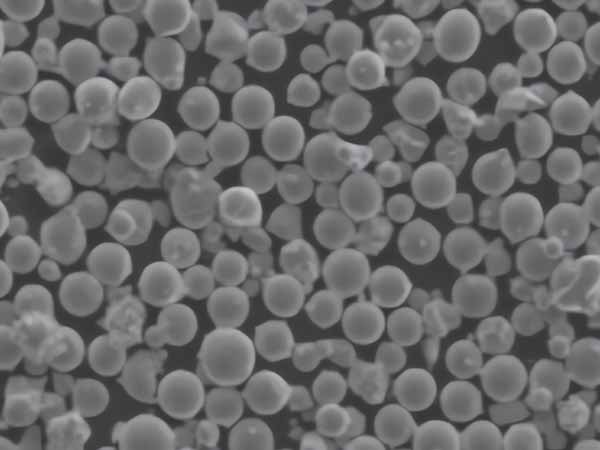
FAQ
| Question | Answer |
|---|---|
| What is high-strength steel powder? | It’s a type of metal powder known for its exceptional strength, durability, and versatility. |
| What are the common applications? | Used in aerospace, automotive, industrial machinery, medical devices, energy, construction, and more. |
| How is high-strength steel powder made? | Typically produced through atomization, where molten steel is turned into fine particles. |
| What are the benefits over traditional steel? | Higher strength, better wear and corrosion resistance, and greater durability. |
| How do I choose the right grade? | Consider the specific requirements of your application, including strength, toughness, and temperature resistance. |
| Can it be recycled? | Yes, high-strength steel powder can be recycled, making it an environmentally friendly option. |
| What are the costs associated with high-strength steel powder? | Costs vary depending on the grade and supplier, typically ranging from $50 to $210 per kg. |
| How does it compare to other materials? | Offers superior strength and durability compared to many other materials, though it can be more expensive. |
| What are the limitations? | Higher cost, specialized processing requirements, and limited availability for some grades. |
| Where can I buy high-strength steel powder? | Reputable suppliers include Höganäs AB, GKN Powder Metallurgy, Carpenter Technology, and others. |
Conclusion
High-strength steel powder is a remarkable material that offers numerous benefits for a wide range of applications. Its exceptional strength, durability, and versatility make it an excellent choice for industries ranging from aerospace to construction. By understanding the various types, compositions, and characteristics of high-strength steel powders, you can make informed decisions for your projects. Whether you’re looking for improved performance, cost-effectiveness, or durability, high-strength steel powder is a reliable and powerful option.
Explore the possibilities of high-strength steel powder and discover how it can elevate your projects to new heights. With the right knowledge and resources, you can harness the power of this incredible material to achieve outstanding results.




